The Lineage of Roberta Flack, Nina Simone, and Billie Holiday
Each guide is based on legendary musicians believed to be part of D’Angelo’s roots. It then branches out into post-‘Brown Sugar’ and ‘Voodoo,’ drawn from that tree. Here’s Roberta, Nina, and Holiday.
From a narrow definition of soul music, we highlighted R&B that connects back to artists like D’Angelo, hoping it might spark broader interest. Even if you try to explain that “today’s R&B is a direct continuation of old-school soul,” if people don’t see it on the surface, it makes sense they’d ignore it. Those surface-level impressions might tighten the entrance to R&B more than we realize. At the heart of this lineage, this guide covered albums released from 1995 to 2015 that connect to D’Angelo in different ways.
Each guide is built around legendary musicians believed to be part of D’Angelo’s roots (Prince, Marvin Gaye, Curtis Mayfield, Sly Stone, and so on), then branch out into post-D’Angelo R&B releases that draw from that heritage. Inevitably, the selections are a bit biased. They heavily feature the genre often called “new classic soul” or “neo-soul.” So, out of all the artists who’ve been active these past two decades, we’re only showcasing about 60% of them. Still, we take some pride in how major releases by well-known R&B artists line up alongside indie records cherished by devoted fans.
We hope you’ll understand that any artist or album was left out intentionally—and that the artists appearing in each guide don’t necessarily belong in only that guide. We'll be over the moon if this sparks a whole new R&B world for you.
Erykah Badu is the female counterpart to the male D’Angelo. They performed duets and stood at the forefront of the neo-classic soul movement. Their relationship is reminiscent of the duo Donny Hathaway and Roberta Flack, active flag bearers of New Soul in the early ‘70s.
Roberta Flack (1939–2025), a pianist, singer/songwriter with a background in classical and jazz, was a talented woman who studied at the prestigious Howard University in Washington D.C. Many of the songs she sang were covers, but by taking on various songs, she liberated soul music from being solely for Black people. The sympathy this alternative aspect garnered from contemporary neo-soul acts is evidenced by The Fugees (with Lauryn Hill) remaking “Killing Me Softly With His Song” (‘73) and D’Angelo covering “Feel Like Makin’ Love” (‘74).
Similarly, a singer and pianist is Nina Simone (1933–2003), whose high level of support within the R&B world can be seen in the tribute album Nina Revisited: A Tribute to Nina Simone (2015), which featured artists like Lauryn Hill and Jazmine Sullivan. Starting with the protest song “Mississippi Goddam” (‘64), expressing outrage at racial conflict, the messages conveyed in songs like the Black anthem “To Be Young, Gifted and Black” (‘69) sung by Aretha Franklin, and “Four Women” (‘66), which sang of the sorrows and pride of Black women of different skin tones, are no different from those in D’Angelo’s Black Messiah. Having left the US and wandered through various countries, she was a genius with an Afrocentric and border-crossing sensibility, as conveyed by the names of participants like Keziah Jones and Gregory Porter on the 2014 tribute album Round Nina: A Tribute to Nina Simone.
Long before Nina, Billie Holiday (1915–1959) sang bluesily in 1939, likening the lynching of Black people in the South to “Strange Fruit”. The influence her jazz vocals and dramatic life had on later artists is clear even from touching upon the movie starring Diana Ross or Miki Howard’s tribute album, and Erykah Badu was also hailed (exaggeratedly) as the “second coming of Billie Holiday.” In 2015, her 100th birth anniversary year, Cassandra Wilson, José James, and Rebecca Ferguson released tribute albums. Billie’s spirit and style remain behind neo-soul and jazz singers via artists like Sade.
Erykah Badu: Baduizm
The impact of Erykah’s arrival was comparable to that of D’Angelo. Hailing from Dallas, she debuted with this album after an opportunity arose from performing as an opening act for Mobb Deep as Erykah & Free, a group she formed with her cousin. Some tracks are brushed-up versions of songs from her duo days; for example, “On & On,” worked on by Bob Power, who handled D’Angelo’s debut, is one of them. This song, layering jazzy vocals often described as a “hip-hop Billie Holiday” over a spacious track featuring impressive deep bass and rimshots, not only garnered attention for its novel sound but also brought a new wind to female R&B vocals, which had leaned heavily towards gospel supremacy. Furthermore, in the often materialistic world of R&B, she demonstrated lyrical innovation by singing about reunion in the afterlife in “Next Lifetime.” Her total presence, including her unique fashion, had an immense influence on the scene. — P
Rating: ★★★★★ (5/5)
Al Green’s voice is timeless, and pairing him with The Roots’ neo-soul/hip-hop sensibilities created an unsung winner. Everything from the authentic production to the guest vocalists serves the core essence of Al’s soul. Unmissable.
Jill Scott: Who Is Jill Scott? Words and Sounds, Vol. 1
A singer/poet from Philadelphia who once sang Billie Holiday’s “God Bless the Child” on a collaboration album with George Benson and Al Jarreau. Now a neo-soul veteran, Jill Scott’s debut album features jazzy, mellow sounds crafted by the A Touch of Jazz collective, capturing everyday scenes in words, sung with an approachable voice that sometimes reveals ennui. Larry Gold’s strings evoke a classic Philly soul mood on the ballad “The Way,” while her vocals convey emotion on the go-go beat-driven “It’s Love.” James Poyser’s keyboards pulse tightly on “Exclusively,” “Love Rain” (which spawned a remix featuring Mos Def), and the poetry reading on “Watching Me,” which quotes Roy Ayers’ “No Stranger To Love.” Her words and songs speak for the inner hearts of sisters. A standout representing neo-Philly. — B.O.
Rating: ★★★★☆ (4/5)
The combination of jazzy, mellow production, poetic lyrics capturing everyday life, and an approachable, emotive voice. Specific highlights like the Philly soul mood of “The Way,” the emotion of “It’s Love,” and the poetic “Watching Me” are celebrated.
Angie Stone: Black Diamond
Angie Stone’s career is long; she first gained attention as a teenager in the 80s as a female hip-hop trio Sequence member, who had a hit with “Funk You Up.” In the 90s, besides her work in Vertical Hold, she participated in a Mantronix album and teamed up with Jerry DeVoe, Lenny Kravitz’s cousin. Perhaps aided by the success of D’Angelo, with whom she was also involved, she made her solo debut with this album in her late 30s. Inheriting the embracing soulfulness of Roberta Flack, it’s no exaggeration to call her, including her background passing through rap, a prototype for Lauryn Hill. However, her musicality is much more straightforward soul. Tracks like “Everyday,” co-written with D’Angelo and sounding like it could be on his album, and the beautiful slow groove “No More Rain (In This Cloud),” which samples a Gladys Knight song, line this excellent album, filled with new soul treasures. — B.O.
Rating: ★★★★☆ (4/5)
The album is excellent and filled with “new soul treasures,” specifically mentioning the “beautiful slow groove” of “No More Rain” and the quality of “Everyday.” While positive, the description feels slightly less emphatic about groundbreaking impact compared to the others, leaning more towards excellent execution within a soulful tradition.
Ms. Lauryn Hill: The Miseducation of Lauryn Hill
Despite high expectations, this remains her only studio recording. However, no matter how many ordinary albums you stack up, you probably wouldn’t achieve this depth. Having sung gospel like in Sister Act 2, which she appeared in as a teen, while familiar with various music like soul, hip-hop, reggae, and soca, Lauryn vividly fused all these musics to deliver a new era of soul to the streets. The beats are incredibly strong, and the occasional raps are by no means just a singer dabbling; Lauryn’s unadorned vocals are raw to the core. Her singing style, influenced by Caribbean music, is rich in variation, and even when she extends notes flatly without vibrato, it holds its charm. As most evident in her Fugees-era cover of “Killing Me Softly,” she possesses a calmness reminiscent of Roberta Flack, seeming to embrace everything warmly. Includes “Nothing Even Matters,” a sweet exchange of love whispers with D’Angelo. — P
Rating: ★★★★★ (5/5)
The album has unparalleled “depth” that surpasses “ordinary albums.” It highlights the groundbreaking fusion of genres (soul, hip-hop, reggae, gospel), delivering a “new era of soul.” Strong beats, skillful rapping, “raw” and varied vocals, and a warm, embracing quality like Roberta Flack. The language used signifies a work of exceptional quality and impact.
Alicia Keys: The Diary of Alicia Keys
Starting with a Chopin-esque piano solo overlaid with a tough beat, the opening track exemplifies how Alicia successfully merged classical piano with the R&B of the hip-hop generation, making her the first singer-songwriter to do so. Unlike the neo-soul singers since D’Angelo, who uniformly leaned towards jazz, her music, strongly rooted in classical training modeled after Nina Simone, sounded fresh and innovative. While her debut was flawless to most people but perhaps overly cool and detached, this second album excels with passionate tracks that seem to unleash the soul simmering deep within her. Standouts include “You Don’t Know My Name,” a collaboration with Kanye West using a ‘70s Main Ingredient sample to portray mellow, cute affection, and the masterpiece ballad “If I Ain't Got You,” where she pours heartfelt devotion into the microphone, pledging love even if it means losing everything. Alicia truly evolved with this release. — P
Rating: ★★★★½ (4.5/5)
While the debut was technically flawless for most fans, this sophomore effort is highlighted for its increased passion, soulfulness, and standout tracks described as “superb” and a “masterpiece ballad,” indicating significant artistic growth.
Jazzyfatnastees: The Once and Future
Originally formed as a quartet in LA in ‘92 and signed to Tommy Boy (though no album materialized), the group relocated to Philadelphia and re-emerged as the duo of Mercedes Martinez and Tracey Moore on The Roots’ Motive label. Produced by Philly stalwarts Richard Nichols and Anthony Tidd (who are also their husbands) and featuring Larry Gold's strings throughout, their debut album is a melancholic, jazzy soul record that aligns with the mood of The Roots’ Things Fall Apart (1999), on which The Roots provided instrumentation. Despite their charming vocal delivery, they also present serious, conscious songs in the vein of Nina Simone, like “Hear Me,” which addresses abortion. They spearheaded the Philly movement as organizers of the influential open mic nights (Black Lily) in NY and Philly. Their “soul sister” approach, not relying on overt sensuality, influenced acts like Floetry. Their subsequent 2002 album was also favorably received. — B.O.
Rating: ★★★★☆ (4/5)
This debut is noted for its distinct “melancholy, jazzy soul” sound, aligning it with significant work by The Roots, and praised for its production quality featuring prominent Philly figures and strings. This highlights the contrast between charming vocals and serious, conscious lyrical themes, drawing comparisons to Nina Simone. Their influential role in the Philly scene adds to the album’s significance.
Floetry: Floetic
Floetry arrived in Philadelphia via Atlanta, originally hailing from London. Befitting their UK origins, their debut album opens with the chimes of Big Ben. It's thoroughly imbued with a neo-Philly sound, fully backed by the A Touch of Jazz collective known for guiding Jill Scott to success. Marsha Ambrosius handles vocals, while Natalie Stewart takes on MC and poetry reading duties. The name “Floetry” combines “flow” and “poetry.” Led by the upbeat title track that showcases their unique style, the thrilling interplay of their voices generates a compelling groove. Slow ballads like the languid “Say Yes” and “If I Was a Bird,” featuring beautiful strings by Larry Gold, are also exquisite. The album includes a self-demo version of “Butterflies,” penned by Marsha and famously sung by Michael Jackson. After releasing two more albums (including a live one), they split in late 2006, pursuing solo paths before reuniting in 2015, then split one last time. — B.O.
Rating: ★★★★½ (4.5/5)
This debut has a unique and well-defined concept (“Floetry”), the “thrillingly intertwined” vocal chemistry between the duo, strong neo-Philly production from a respected team, and high quality across both upbeat tracks and “exquisite” slow ballads. It's presented as a distinctive and successful introduction.
Marsha Ambrosius: Late Nights & Early Mornings
Following the breakup of Floetry, Marsha Ambrosius signed with Dr. Dre’s Aftermath label and released a mixtape titled Neo Soul Is Dead, signaling a move away from her duo past. However, the Aftermath relaunch didn't fully materialize. After releasing several web-based projects, she presented this official solo debut. She embraced a neo-soul-oriented approach on this album, aided by Alicia Keys and former A Touch of Jazz members Dre & Vidal. “Far Away” offers a slow jam reminiscent of Floetry, while “Lose Myself” is a cover by Ms. Lauryn Hill. The title track, a creeping, Prince-style slow jam; “I Want You to Stay,” capturing Michael Jackson-esque mellowness; and “Tears,” a soul ballad sampling the 1976 Car Wash soundtrack, are also noted as well-executed. Her vocal power, capable of transforming good songs into masterpieces (as shown when she performed Nina Simone’s “Four Women” with Jill Scott and Ledisi on BET), is a key asset. — P
Rating: ★★★★½ (4.5/5)
This solo debut is presented as a strong return to a neo-soul sound after earlier career shifts. It features notable collaborations and several tracks highlighted as "well done," covering different styles (slow jams, covers, soul ballads).
Vivian Green: A Love Story
Vivian Green participated as a backup singer on Jill Scott's live album, Experience: Jill Scott 826+ (2001). Her debut album was primarily produced by Junius Bervine and Anthony Bell of Axis Music, with contributions from Tye Tribbett and Osunlade. Backed by skilled Philadelphia musicians like Derrick Hodge (bass), Lil John Roberts (drums), and Jeff Bradshaw (trombone), this classy debut is rooted in her jazz background. “What is Love?” (co-written with Eric Roberson and others), which quotes the melody of The Crusaders’ “It Happens Everyday,” has a jazzy feel. The ballad “Emotional Rollercoaster,” capturing emotional highs and lows, evokes a bluesy feeling reminiscent of Billie Holiday. “Wishful Thinking” and “Fanatic” are described as excellent examples of Neo-Philly medium-groove tracks. Her husky voice is noted as passionate yet consistently elegant. — B.O.
Rating: ★★★★½ (4.5/5)
Described as a “classy,” jazz-rooted debut with skilled musicianship and production. It highlights specific tracks as “masterpieces” of the Neo-Philly sound and praises her “passionate yet elegant” vocals and diverse influences (jazz, blues). It presents a strong, well-executed, and artistically rich album.
Macy Gray: On How Life Is
She’s presented as a singer who captivates R&B, blues, and rock fans with a vocal style distinct from typical soulful approaches. Macy's greatest asset is her “husky and charming voice,” influenced by Billie Holiday but musically closer to the funk/rock-infused soul of Betty Davis. The track “Do Something,” sampling OutKast and Nice & Smooth with a 70s vibe, is highlighted as retro-soul with street sensibility and broad, funky appeal enjoyable even from a rock perspective. Produced by Andrew Slater, the album features a mix of veteran and younger musicians. — P
Rating: ★★★★☆ (4/5)
Macy Gray’s unique and “charming” husky voice is her “greatest asset” and highlights the album’s cross-genre appeal (R&B, blues, rock, funk). The production is noted positively, and specific tracks like “Do Something” are praised for their funky, retro-soul vibe and broad appeal.
Ledisi: Soulsinger
Although now a prominent R&B diva, Ledisi was relatively unknown at the time of this self-released solo debut with her partner, Sundra Manning (keyboards). Mostly recorded in Manning’s bedroom (a revised version with additional tracks, including one featuring Meshell Ndegeocello, was released in 2003), this album is said to showcase her multifaceted appeal: the funk spirit of her native Oakland, a fiery vocal style akin to Chaka Khan, a jazzy sensibility, and scatting influenced by Ella Fitzgerald, revealing an unrestrained talent. It features the mellow “Take Time,” the groovy mid-tempo “You Are My Friend,” and the Nikki Giovanni-style dramatic spoken-word track “Coffee”—representing uncompromising, deep soul music. It also includes a serious song addressing sensitive subject matter. — B.O.
Rating: ★★★★☆ (4/5)
Described as “uncompromising, deep soul music” with standout tracks and emotional depth, its indie origins don’t detract from the perceived quality and artistic authenticity.
Amel Larrieux: Infinite Possibilities
In the 1990s, the light, supple singing voice she showed with Groove Theory—her duo with Bryce Wilson—and on guest appearances with Sweetback owed a great deal to the influence of Ella Fitzgerald and Sade Adu. Amel Larrieux very nearly crossed paths with D’Angelo on the Roots’ 1996 album Illadelph Halflife, on which they would later collaborate in the 2000s. Her first solo album, completed hand‑in‑hand with her husband, features throughout the warm tone of the Rhodes piano she herself plays and stands as a jazzy, elegant slab of neo‑soul. In retrospect, it possesses a feel quite close to D’Angelo’s Brown Sugar: the lead single “Get Up,” the tabla‑infused “INI,” the Roots‑like “Searchin’ for My Soul,” and the club‑jazz‑flavored “Down” all allow her to mine her own soul with vocals that are crystal‑clear yet powerful. On Stanley Clarke’s 2003 album she covered Roberta Flack & Donny Hathaway’s “Where Is the Love” in a duet with Glenn Lewis. — P
Rating: ★★★★☆ (4/5)
A Rhodes‑soaked debut whose clear‑eyed songwriting and confident vocals echo Brown Sugar without imitation—just shy of a modern classic.
Chrisette Michele: I Am
Chrisette is likewise a singer deeply influenced by jazz vocals. Pounded with the gospel by a choir director mother and an organist father, she fell head‑over‑heels for jazz in high school and studied jazz voice in earnest at university. She now delivers advanced singing that weaves Billie Holiday’s deep after‑tones with Ella Fitzgerald’s masterful scat. The song “I’m a Dream”—akin to Nas’s “Can’t Forget About You,” which sampled Nat King Cole (itself not included here)—perfectly shows that blend. Even this alone is worth hearing, but the ever‑curious Chrisette is also a bossa‑nova lover: “Best of Me,” co‑written with Babyface, lets her sing with the languid comfort of Astrud Gilberto, and it is another gem. Add in numbers like “If I Have My Way,” which lands somewhere between Jill Scott and Anita Baker, and the charm never stops no matter what she sings. — P
Rating: ★★★★☆ (4/5)
Much love to Michele’s sophisticated, jazz-influenced vocal skills and versatility. Specific tracks are highlighted as “exquisite” or excellent examples of different styles (jazz-pop, bossa nova, soulful R&B). Technical polish and stylistic breadth shine, though a few tracks lean ornamental rather than essential.
Lina: Stranger On Earth
Spurred by the rise of Erykah Badu and Jill Scott, Denver‑born Lina seemed to say, “Then how about this kind of soul?” Raised on the Sarah Vaughan, Billie Holiday, and Dinah Washington records her mother played, she could sing any Sarah tune by age twelve. The album marries the swing jazz that pours from a gramophone to hip‑hop beats, yielding R&B that is nostalgic yet thoroughly modern, boldly importing jazz‑vocal techniques for a richly expressive, highly original sound. Her second album on Hidden Beach was dressed up as more conventional R&B—easier to wear, with a high‑profile duet with Anthony Hamilton—but only this debut lets you drift in the dreamy worlds of “Bye Bye Baby” and “Waiting.” Her styling, she says, also takes cues from Josephine Baker, the actress‑singer who sent 1920s Paris into a frenzy. — B.O.
Rating: ★★★½☆ (3.5/5)
A daring concept and vintage flair that occasionally outruns the songwriting but remains distinctive.
Cherokee: I Love You…Me
Despite her once‑in‑a‑generation talent, Cherokee has not managed to swim easily in the industry’s currents. A second album, slated for 2001 and sure to draw attention with guests like Bilal and André 3000, was shelved in the chaos of a label shutdown. We hope the record will someday see the light, but this debut is tremendous. The title track traces the path of Erykah Badu’s “On & On,” and the Billie Holiday‑styled jazz vocals that seep through “Blue Bottle Afta Shave” give the set a pronounced post‑Erykah mood while she naturally folds in a style close to D’Angelo’s first record—but she never stops there. The album’s showpiece is the old‑school 6/8 ballad “Steppin’ Stone.” A bluesy soul statement severing ties with a former boyfriend and duo partner alleged to have abused her, the song is superb regardless of any neo‑ or organic labels. As a bassist, she also has impeccable rhythmic instincts. She is one of the artists whose new work we most want to hear. — P
Rating: ★★★★☆ (4/5)
Raw emotional heft, top‑tier musicianship, and narrative depth—held back only by its lost follow‑up.
Goapele: Change It All
Gifted with an exotic beauty and voice reminiscent of Sade Adu or Amel Larrieux, this Oakland native—deeply influenced by Nina Simone—was picked up by the Hieroglyphics collective and drew attention as an alternative R&B singer whose expression is both sensual and serious. The album most worth pushing in a D’Angelo context is this one, mixed by Russell Elevado. Jeff Bhasker—later Kanye West’s right‑hand man—contributes neo‑soul‑leaning ballads, Linda Perry supplies a rock‑tinged ballad, and Sa‑Ra Creative Partners greet the star with their twisted brand of funk; together with the Dwele duet “You,” an earthy sensibility pulses through the whole set. Her 2014 Jordan House release Strong as Glass (which includes the Snoop Dogg‑flavored boogie track “Hey Boy”) was also excellent. — P
Rating: ★★★★☆ (4/5)
A cohesive mood, first‑class collaborators, and an earthy vocal anchor make for a compelling front-to-back listen.
Grenique: Black Butterfly
Balancing an acoustic side that recalls India.Arie with an Erykah Badu‑style jazzy side—both produced by Gerald Isaac—this Maryland‑born singer Grenique debuted under Kedar Massenburg’s watch. “Disco” (first heard on the Rush Hour soundtrack) served as the lead single for the debut album that followed. True to Kedar’s taste, it is an organic soul record that remains composed yet emotional, reflecting her stated influences of Sarah Vaughan and Phyllis Hyman. “You Say,” produced by Dahoud Darien, fits perfectly in the tight mid‑tempo mold of the Ummah‑to‑Soulquarians school—a fact explained by Bilal’s pre‑debut involvement in songwriting and vocal arrangement. “Star of a Story,” produced by Chico DeBarge with El DeBarge on keys and string arrangement, covers the Heatwave song. — P
Rating: ★★★½☆ (3.5/5)
Warm and organic with standout moments—steady rather than game‑changing.
Laurneá: Betta Listen
Laurneá recorded as a child in 1982 as part of the instant‑disco project Love Twins, spent ‘91–‘92 in the U.K. group Loose Ends (material exists but remains unreleased), then joined Bobby McFerrin’s Voicestra. Later, she fell in with the Arrested Development camp. This female singer finally released a solo debut in her late twenties. The production team includes Raphael Saadiq, Speech, DJ Kemit, and Omar, who line up to contribute tracks like the jazzy “Gone,” not far from Erykah Badu, and the acid‑jazz‑flavored “Happy.” On the other hand, the luscious ballad “Can’t Let Go,” handled by John John, shows how skillfully the album positions itself concerning the mainstream. She is a good friend of India.Arie and a pioneer among earnest, organic‑leaning female singers. — B.O.
Rating: ★★★½☆ (3.5/5)
Broad stylistic reach and a charming voice; cohesion wavers but ambition is clear.
N’Dambi: Little Lost Girls Blues
“Dope” is the perfect word for this music. Born in Dallas, Ngon’bi—now better known for recent work with Snarky Puppy—is a friend of Erykah Badu and has sung backing vocals on Erykah’s albums and live shows. She also models, putting her outstanding style to use. Her first album feels like the undiluted concentrate of Erykah’s Baduizm that had dropped the previous year. No wonder: it’s produced by Madukwu Chinwah, who crafted “Rimshot” and “Certainly” on that very record. The same jazzy, sinking‑into‑the‑sofa sound unfolds across the entire set, and with a dark voice reminiscent of Meshell Ndegeocello she sings—sometimes raps—while carrying a Billie Holiday‑like bluesiness. Even the relatively catchy “What’s Wrong with You” remains shrouded in mist. Her double album that begins with a Nina Simone tribute, her third EP‑like release featuring a cover of Prince’s “Soft and Wet,” and her Stax release are all equally dense. — P
Rating: ★★★★½ (4.5/5)
A fully realized aesthetic—inky grooves, smoky vocals, and uncompromising mood—puts this near the top tier of late‑’90s neo‑soul.
Conya Doss: A Poem About Ms. Doss
A songstress from Cleveland, Ohio. By 2015 she had released seven albums, and few singers have preserved early‑2000s neo‑soul practices as faithfully as she. This is the debut. Producers Myron (also a singer), his partner John‑E. Honeystock, and Levert affiliate Edwin “Tony” Nicholas divide production duties, packing the entire set with jazzy, mellow sounds reminiscent of Philly’s A Touch of Jazz and greeting the protagonist’s soft, slightly husky vocals. “So Fly” feels like a female version of Musiq Soulchild, and the slow jam “Heaven,” with male singer Zero, also tastes of neo‑Philly. “You Really Hurt Me,” which quotes Curtis Mayfield’s “Give Me Your Love,” and the cover of Norman Connors’ classic “Starship” reveal her ‘70s soul roots. — P
Rating: ★★★★☆ (4/5)
Warm, well‑crafted, and rooted in classic soul; faithful without feeling dated.
Meshell Ndegeocello: Peace Beyond Passion
A badass bassist‑singer raised in Washington, D.C., Meshell Ndegeocello forges a deep sonic world with the rhythmic sense and sticky groove she honed in a go‑go band. Her 1993 debut Plantation Lullabies, with Bob Power’s involvement, can in hindsight be called a pioneering neo‑soul work, but the follow‑up is even more organic. She sings about freedom and bitter life in a defiant alto, weaving in spoken‑word‑style rap. Under David Gamson’s production, heavy hitters like Billy Preston (organ), Wah‑Wah Watson (guitar), Gene Lake (drums), and Wendy Melvoin (guitar) provide support. On a cover of Bill Withers’ “Who Is He and What Is He to You” and a remake of Marvin Gaye’s classic “Make Me Wanna Holler,” Paul Riser handles string arrangements, pulling listeners back to the early‑‘70s new‑soul era. In recent years she has also released a Nina Simone tribute. — B.O.
Rating: ★★★★½ (4.5/5)
Muscular musicianship and fearless lyrics meet vintage soul craft—one of her strongest statements.
Davina: Best of Both Worlds
As a female R&B release on Loud, this album stands as an organic hip‑hop‑soul counterpart to Adriana Evans’ debut. The Detroit‑born multi‑instrumentalist, Davina debuted on Columbia in her teens in the mid‑‘80s and mainly worked in the house scene, chose the mysterious, Cal Tjader “Django”‑sampling “S’ Good” as the lead single for this first album. She sings cool R&B with a beat sense akin to a female J Dilla. The cover of Michael Jackson’s “Can’t Help It” is also excellent, and although her husky, blue‑tinged vocals differ in timbre, they belong on the same branch as Nina Simone’s gentle rasp. As a cousin of Brian and Eddie Holland (of the Holland‑Dozier‑Holland trio), she carries the bloodline of Detroit soul; Paul Riser’s string arrangements and Amp Fiddler’s mellow keys meet her perfectly. The 2007 second album was another quietly rich piece of work. — B.O.
Rating: ★★★★☆ (4/5)
Detroit lineage, clever sampling, and husky soul vocals create an underrated gem..
Avery*Sunshine: Avery*Sunshine
The debut by Chester, Pennsylvania‑born Avery*Sunshine, cut just outside Philadelphia, offers a gentle soul akin to Jill Scott. Listeners surely perked up when they saw Roy Ayers on the credits. Having studied classical piano since childhood and majored in piano at Spelman College in Atlanta, she shows talent reminiscent of Roberta Flack or Nina Simone. She has long been steeped in church life, conducting choirs since her teens, and sometimes lets gospel colors shine straight through. Take “Blessin’ Me,” for example: to put it awkwardly, it is exactly the kind of soul‑leaning gospel number a gospel act would perform live—bursting with vitality. Sunshine’s singing pours out positive energy like the sun, and the playing by seasoned musicians such as Lil John Roberts (drums) and Christian McBride (bass) radiates warmth. She had previously appeared with the Ananda Project before this album. — B.O.
Rating: ★★★★☆ (4/5)
Radiant gospel‑soul fusion and top‑flight musicians deliver unfiltered positivity.
Angela Johnson: They Don’t Know
After gaining attention as the lone woman in Christian Urich’s group Cooly’s Hot‑Box—now more focused on Tortured Soul—Angela Johnson debuted with this album. Having studied piano from childhood, majored in violin at university, and directed a choir in her teens, she is a musical elite who here handles not only songwriting but also programming and mixing herself. She excels at sharply contrasting ear‑catching, piano‑centered melodies with aggressive beats. Singing at the keys and also enjoying instrumentals, she can be classed alongside Roberta Flack or Patrice Rushen, yet some tracks show a raw punch reminiscent of Memphis soul, and shadows of Aretha Franklin occasionally flicker in her vocals. In the latter half of the title track, a ‘70s‑style fusion piano solo appears—this sense is likewise superb. — P
Rating: ★★★★☆ (4/5)
Self‑sufficient craft, piano prowess, and rhythmic punch add up to a quietly dazzling debut.
Algebra: Purpose
After co‑writing India.Arie’s “Talk to Her” with Shannon Sanders and duetting with Anthony Hamilton on Millie Penn Arie’s album, Algebra debuted on Kedar Massenburg’s label with this record. Given her background and her strong influence from Nina Simone, one would expect neo‑soul. Indeed, the opening track, which features her own acoustic guitar, overflows with the rustic beauty familiar from India.Arie. Yet, having once been signed to LaFace and having participated in Atlanta bass projects by Carl Moe, author of Ghost Town DJ’s “My Boo,” she has an orthodox gospel‑bred R&B style soaked into her bones, and when it bursts forth it is actually quite attractive. “What Happened?”, produced by Bryan‑Michael Cox, is a prime example, building live‑band excitement. The second album, whose cover features a butterfly emerging from its chrysalis, is even more liberated and likewise excellent. — B.O.
Rating: ★★★★☆ (4/5)
Folk‑soul intimacy meets church‑bred power; sparks fly, though focus drifts.
Julie Dexter: Dexterity
Born in Birmingham, England, to Jamaican immigrant parents, the first music Julie Dexter embraced was reggae. She also studied violin and piano, gaining classical grounding, and even studied jazz vocals in the United States as an exchange student during university. This is the debut album she crafted after moving to Atlanta, having worked since the early ’90s around London’s jazz, reggae, and club scenes. Though celebrated within the organic‑soul wave, her true essence shines in tracks that refuse to fit standard soul frameworks—like the live drum‑and‑bass “Ketch a Vibe” or “Love,” an Afro‑jazz‑tinged collaboration with Fertile Ground. Her clear voice, rich in expression and superb control, reveals the influence of Ella Fitzgerald. The bossa‑nova project she later recorded with Khari Simmons, who appears here, is also wonderful. — P
Rating: ★★★★☆ (4/5)
Versatile stylistic reach and crystal‑clear vocals keep the record vibrant throughout.
Corinne Bailey Rae: Corinne Bailey Rae
A singer‑songwriter who offers acoustic soul akin to India.Arie, Corinne Bailey Rae has Black and white roots and was born in Leeds, West Yorkshire, away from London. Compared with many African‑Americans, she likely grew up in a much more open musical environment. Even the church that forms her origin sang hymnals rather than Black gospel. This is the debut she released in her late twenties. Starting with “Like a Star,” which she finger‑picks herself, the album employs some programmed beats but still spreads a gentle sound in which the presence of a flesh‑and‑blood guitarist is vividly felt through the noise of fingers on strings. Having awakened by listening to Jill Scott and Billie Holiday, her vocal style sits as far away as possible from stereotypical “soulful” singing—unforced yet rich in nuance, blending naturally into the acoustic soundscape. — B.O.
Rating: ★★★★☆ (4/5)
Intimate songwriting and nuance‑laden vocals yield a quietly compelling debut.
Georgia Anne Muldrow: Olesi — Fragments of an Earth
Mos Def (now Yasiin Bey), who collaborated with her, once called her “the reincarnation of Roberta Flack or Nina Simone.” At the same time Georgia Anne Muldrow has been described as “the underground Erykah Badu” or “the female Bilal”—an idiosyncratic self‑producing talent too wild to call merely a “diva” (she has even produced for Erykah). Including husband‑and‑wife releases under the name G&D, she has issued project after project by changing her expressive form. Her first full album, released at age twenty‑two, bases itself on her roots in avant‑garde and free jazz while mixing funk, soul, and hip‑hop, generating jet‑black grooves through complex, mysterious melodies and razor‑edged beats. The songs, cosmic yet earthy, intertwine with shape‑shifting vocals and raps layered in multitracked choruses; although irregular, they gradually become addictive, which is fascinating. Her singing voice is, in fact, rather charming. With most tracks clocking in at one to two minutes, the flow feels like a DJ’s mixtape. A bizarre masterpiece. — B.O.
Rating: ★★★★★ (5/5)
A fearless collision of free‑jazz spirit and hip‑hop beat science—jagged, cosmic, and oddly irresistible.


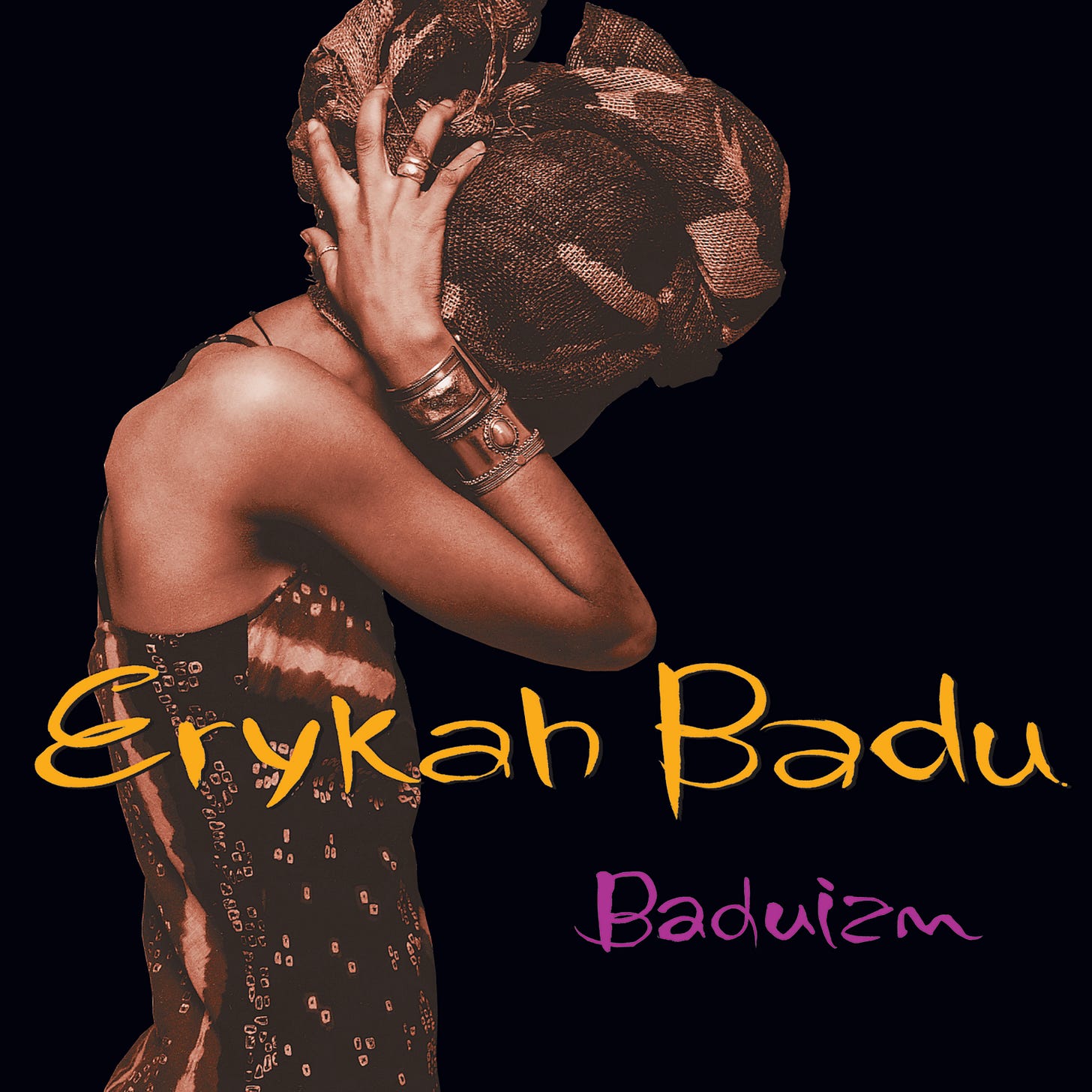
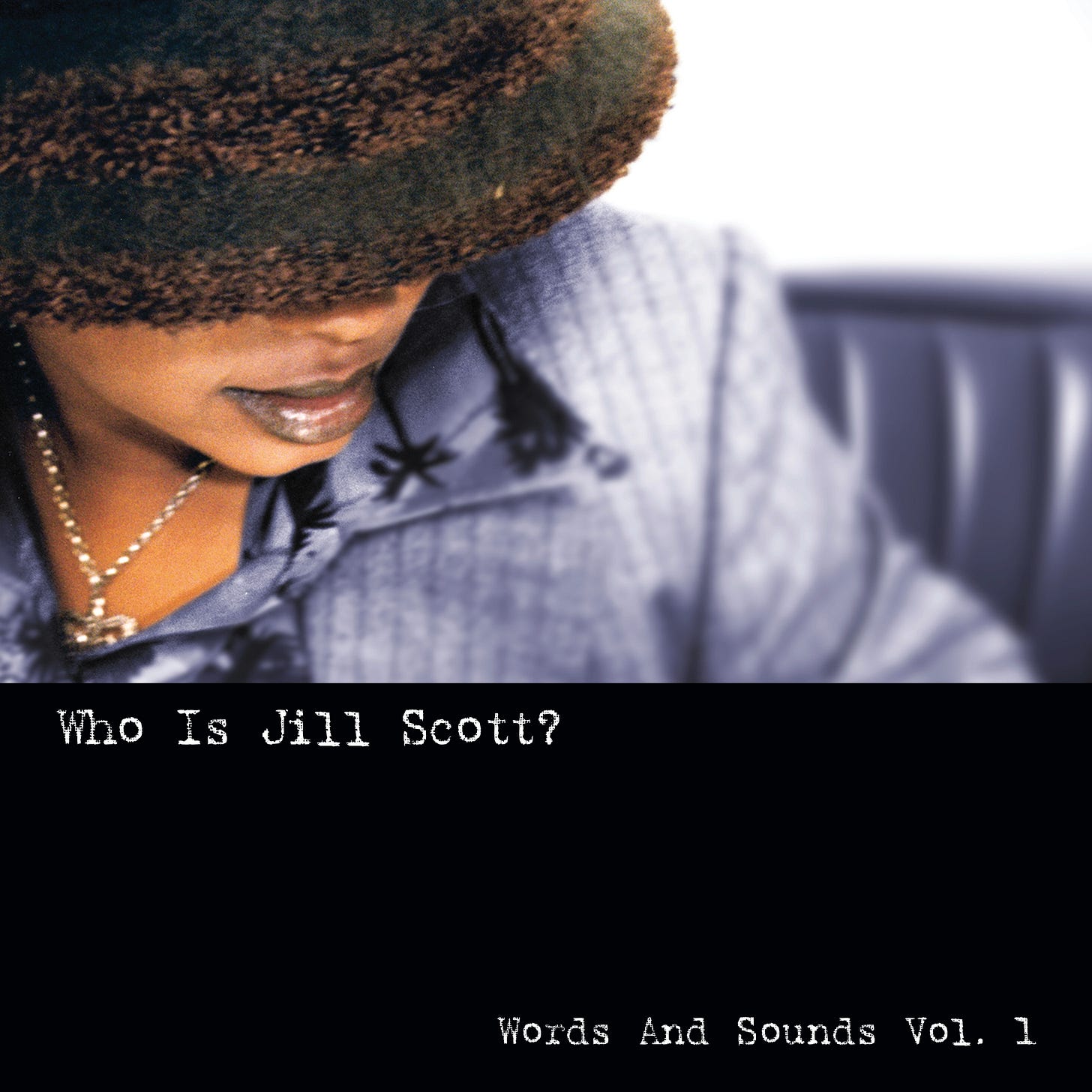
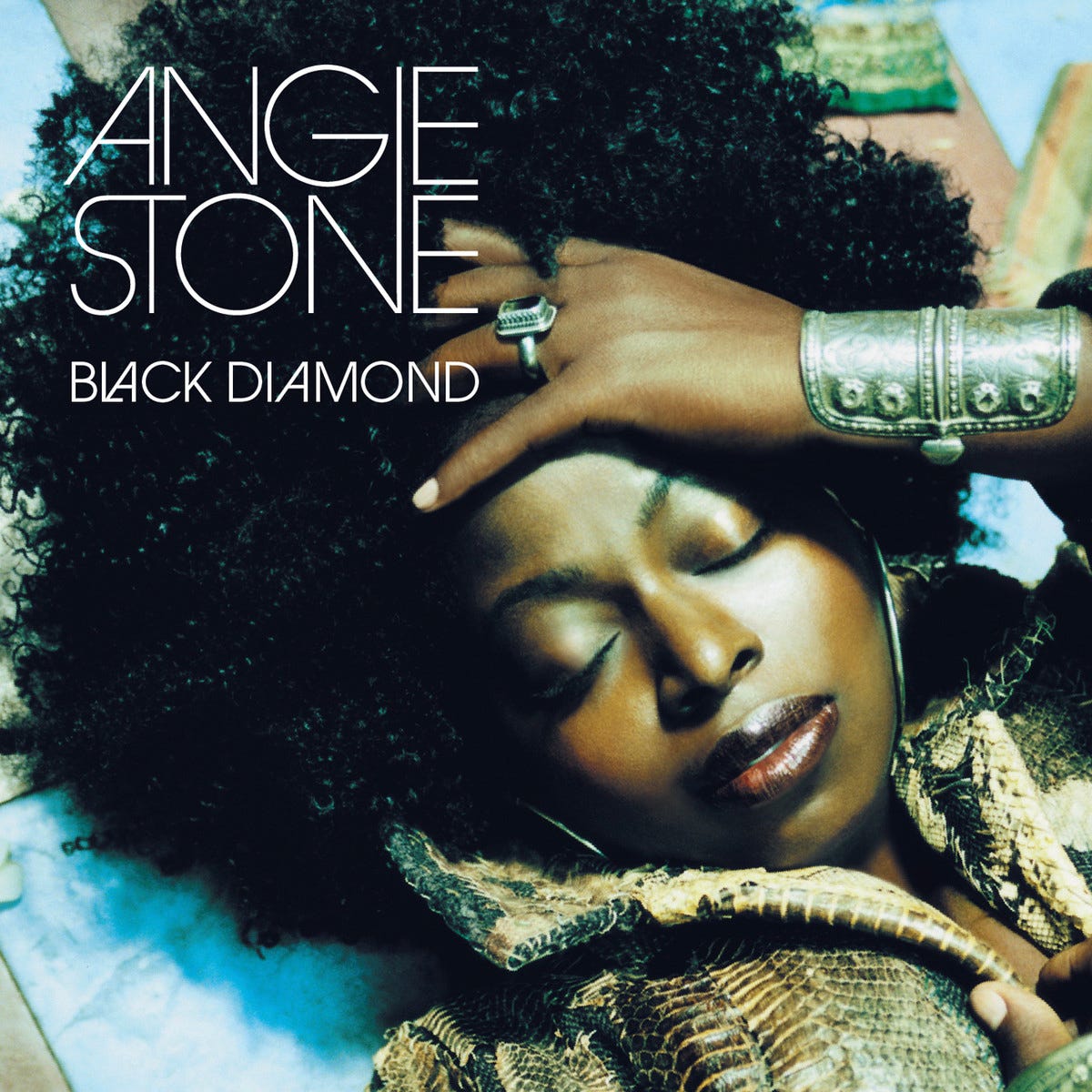
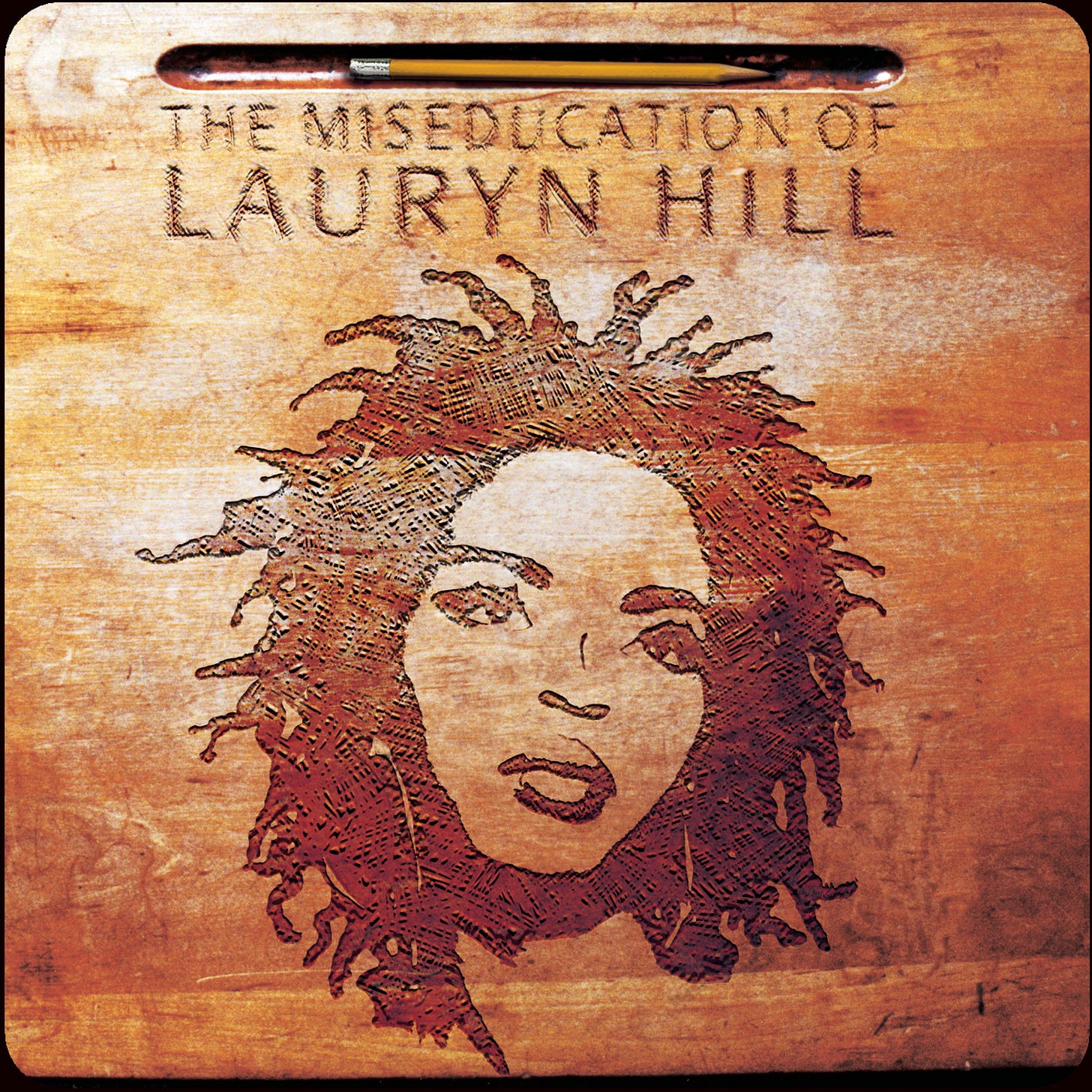
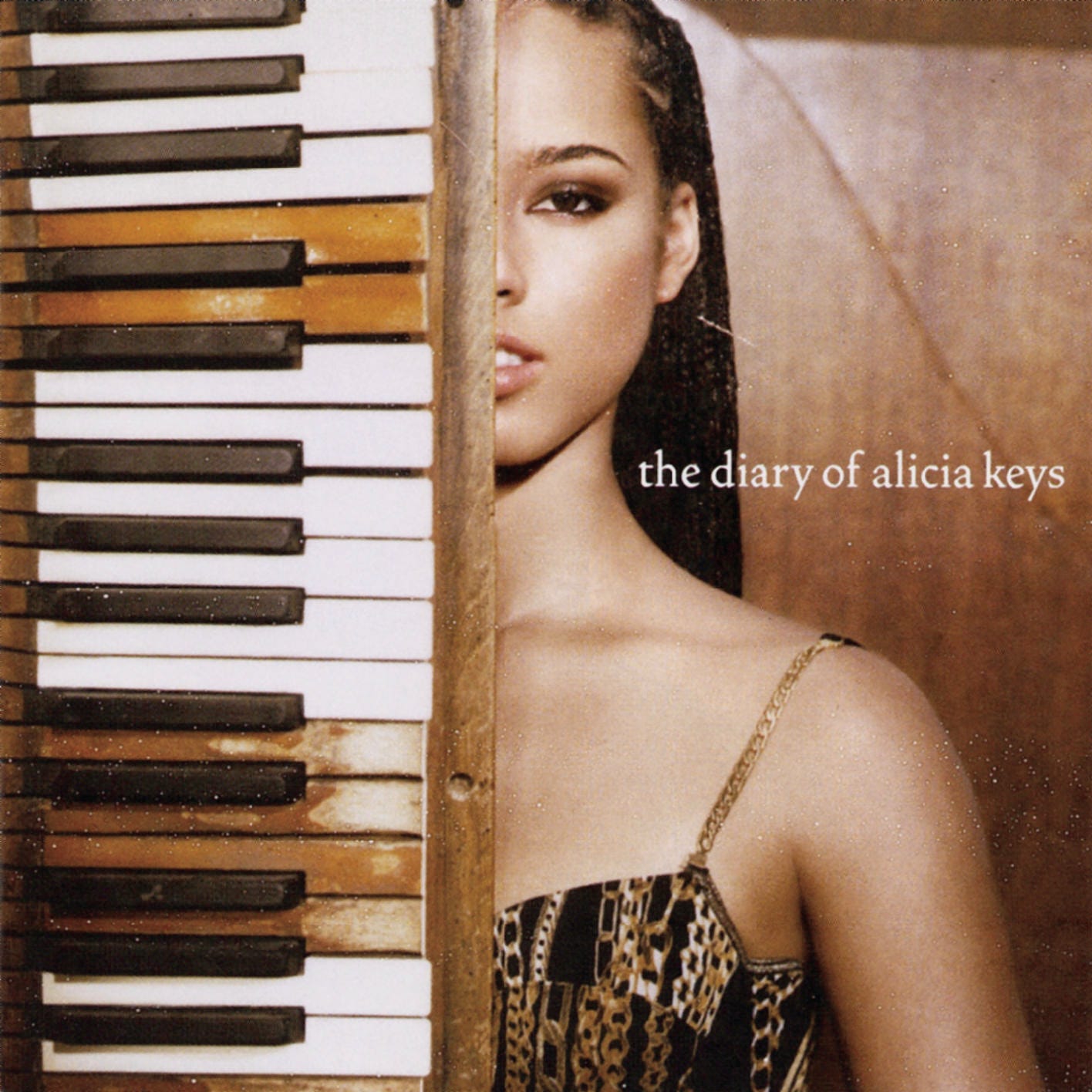
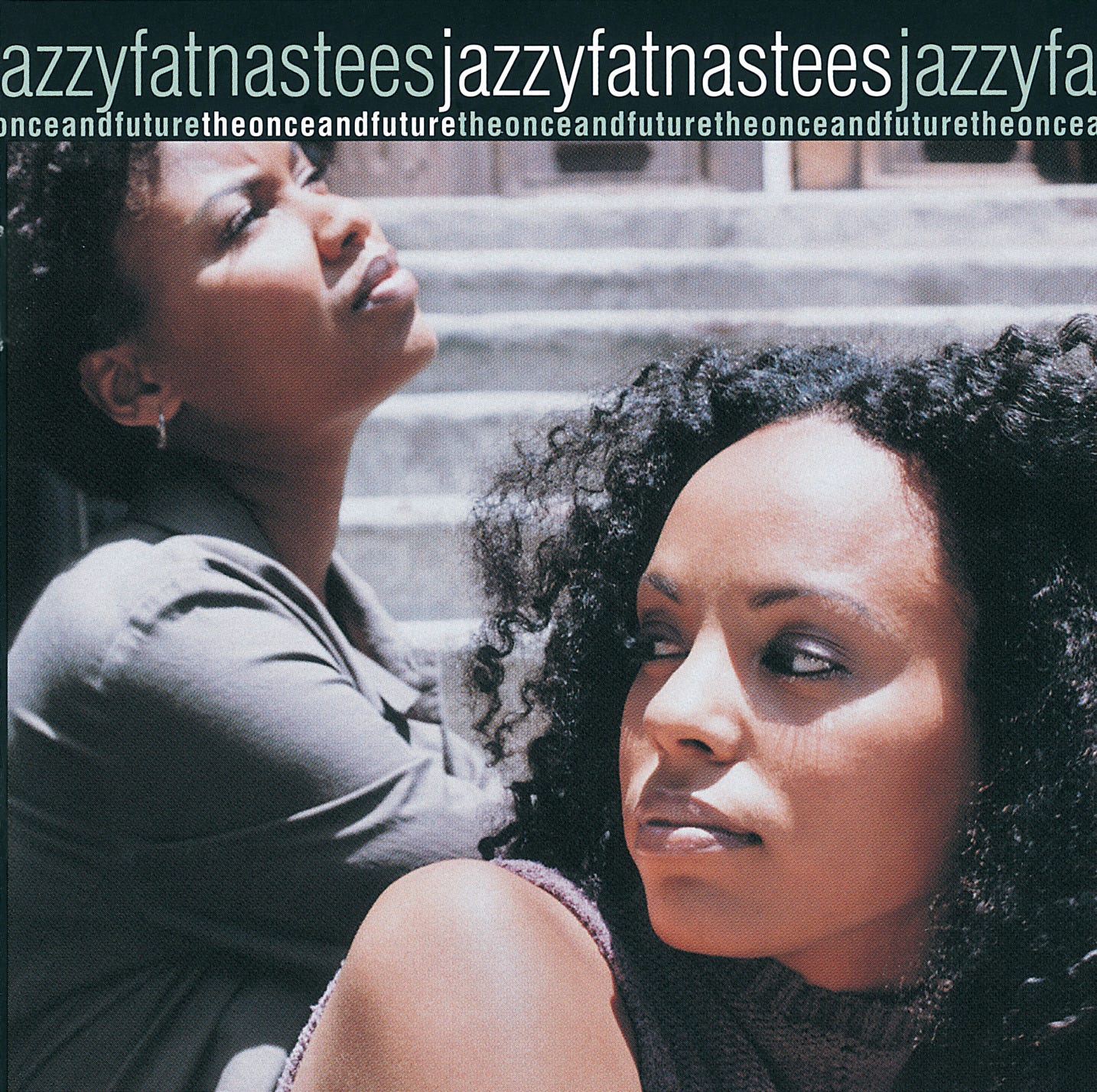
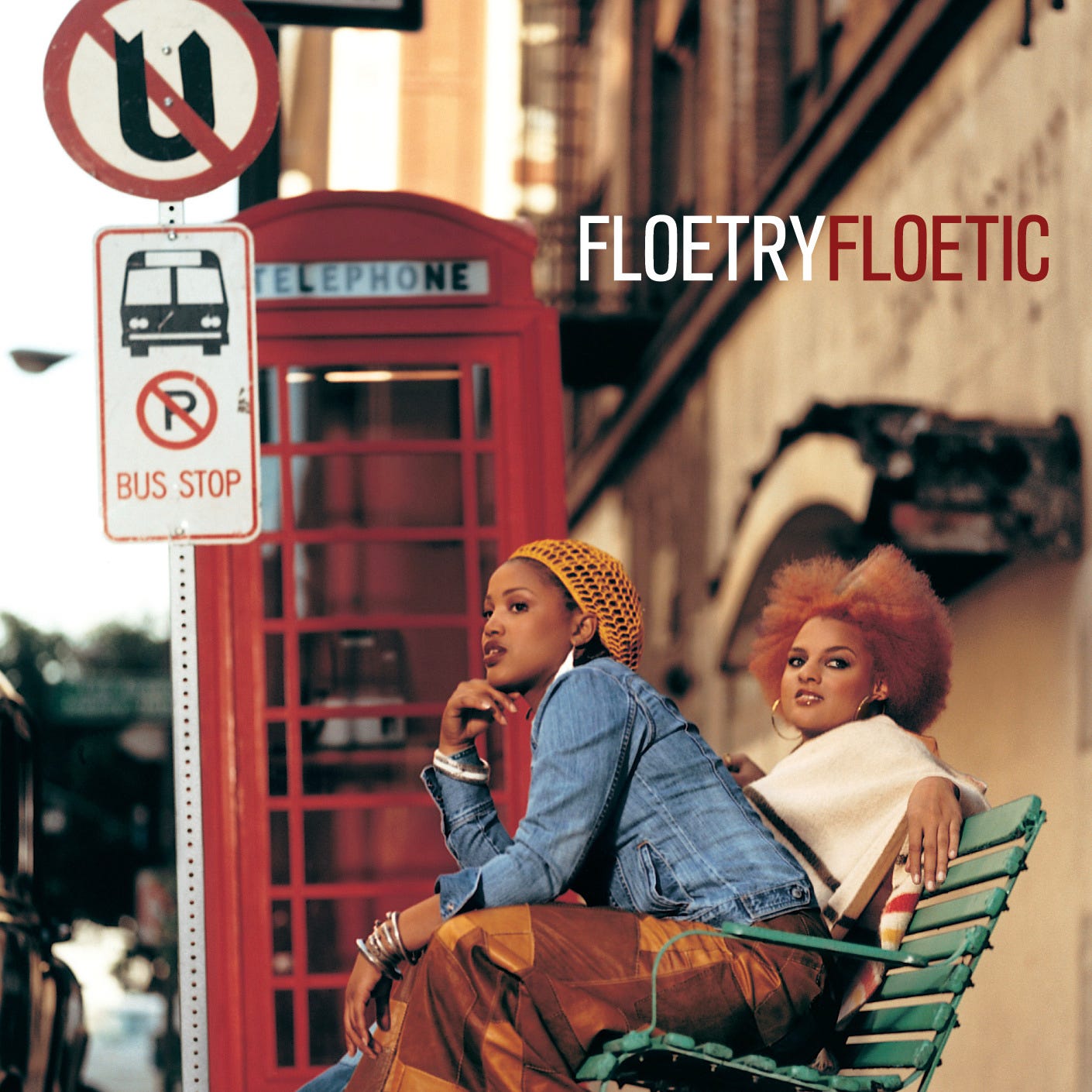
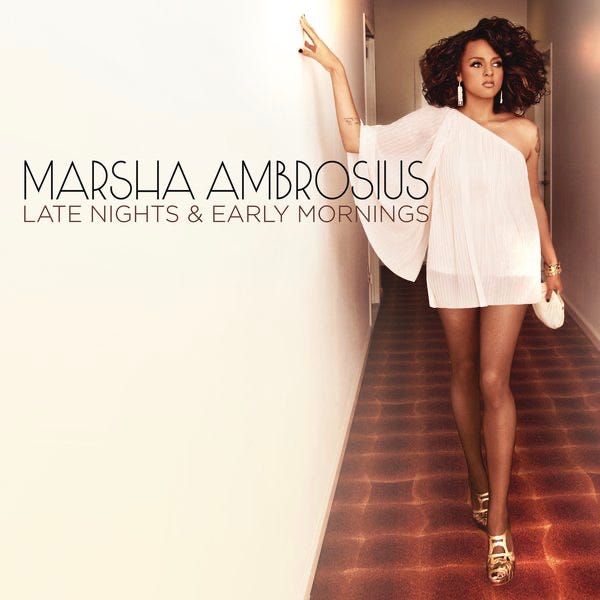


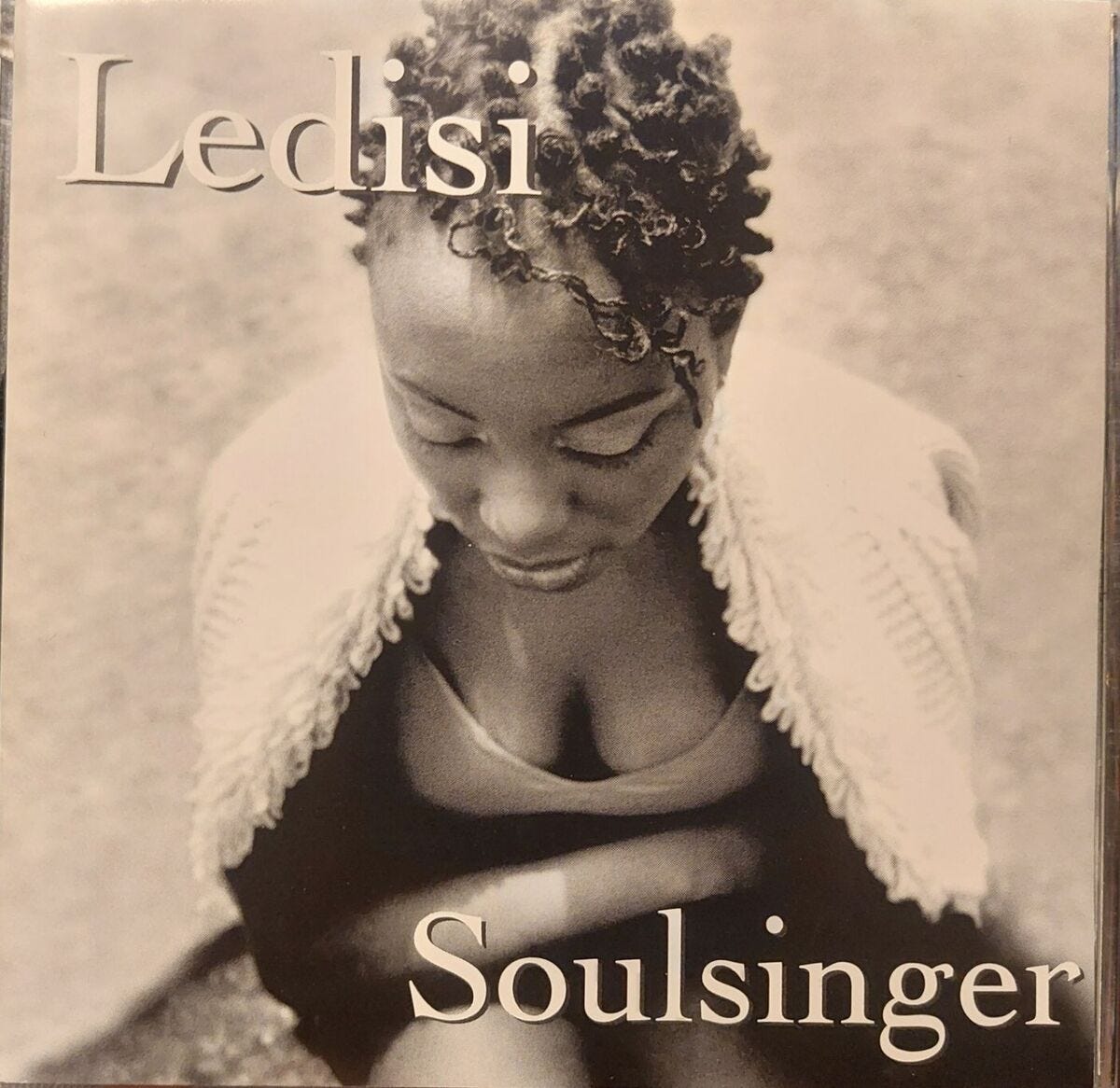
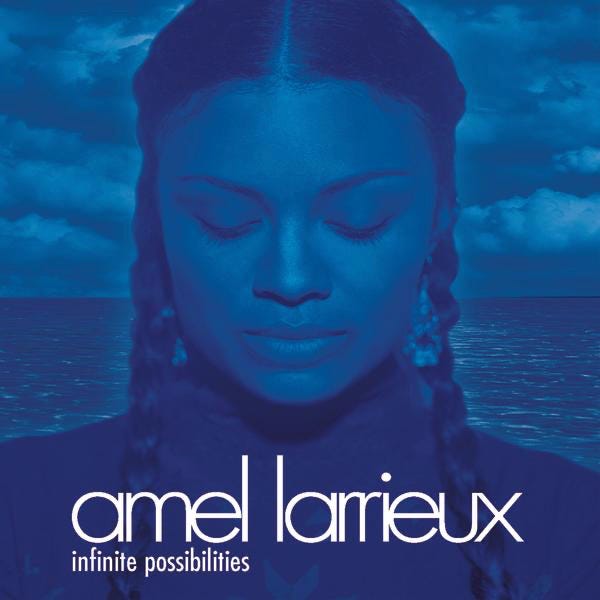
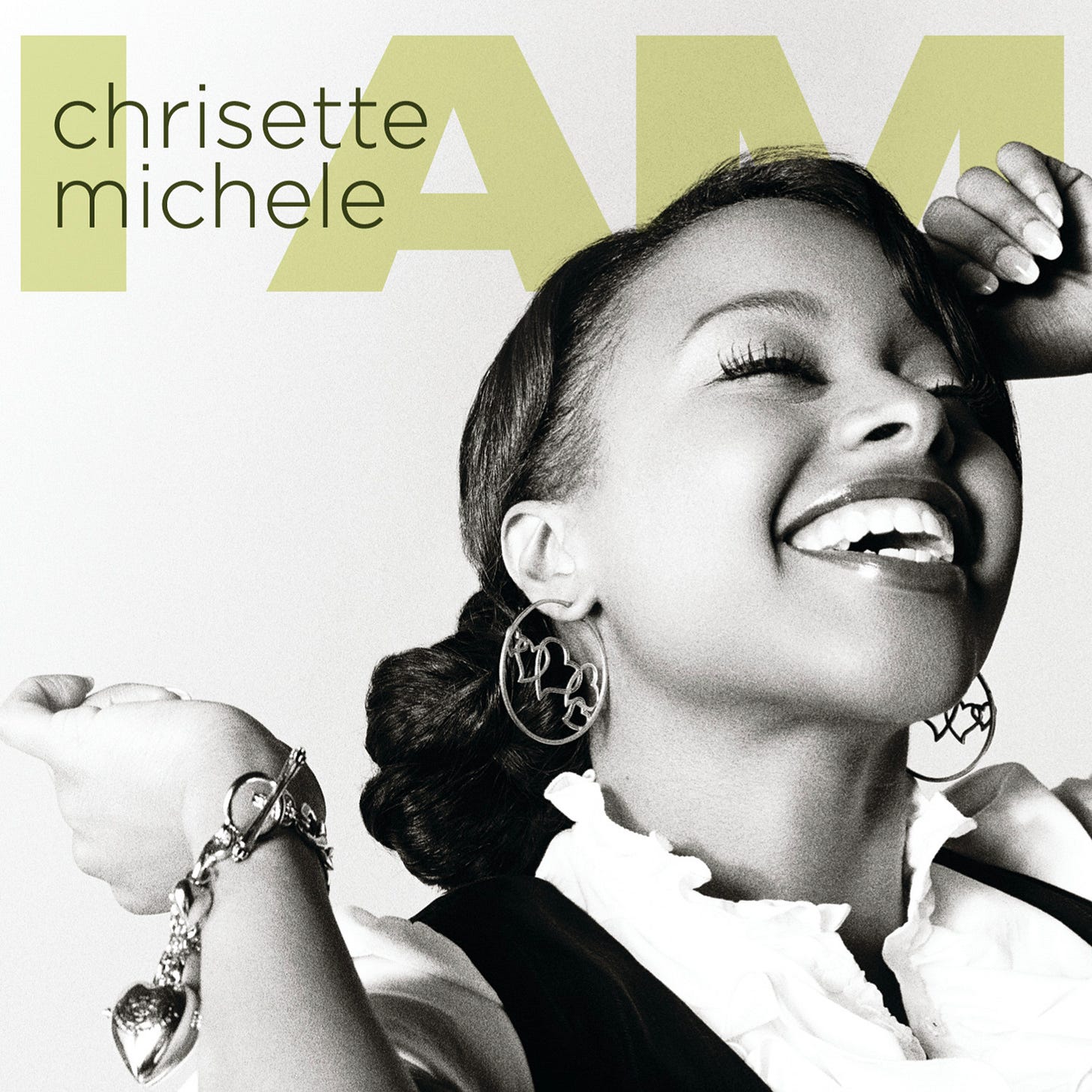
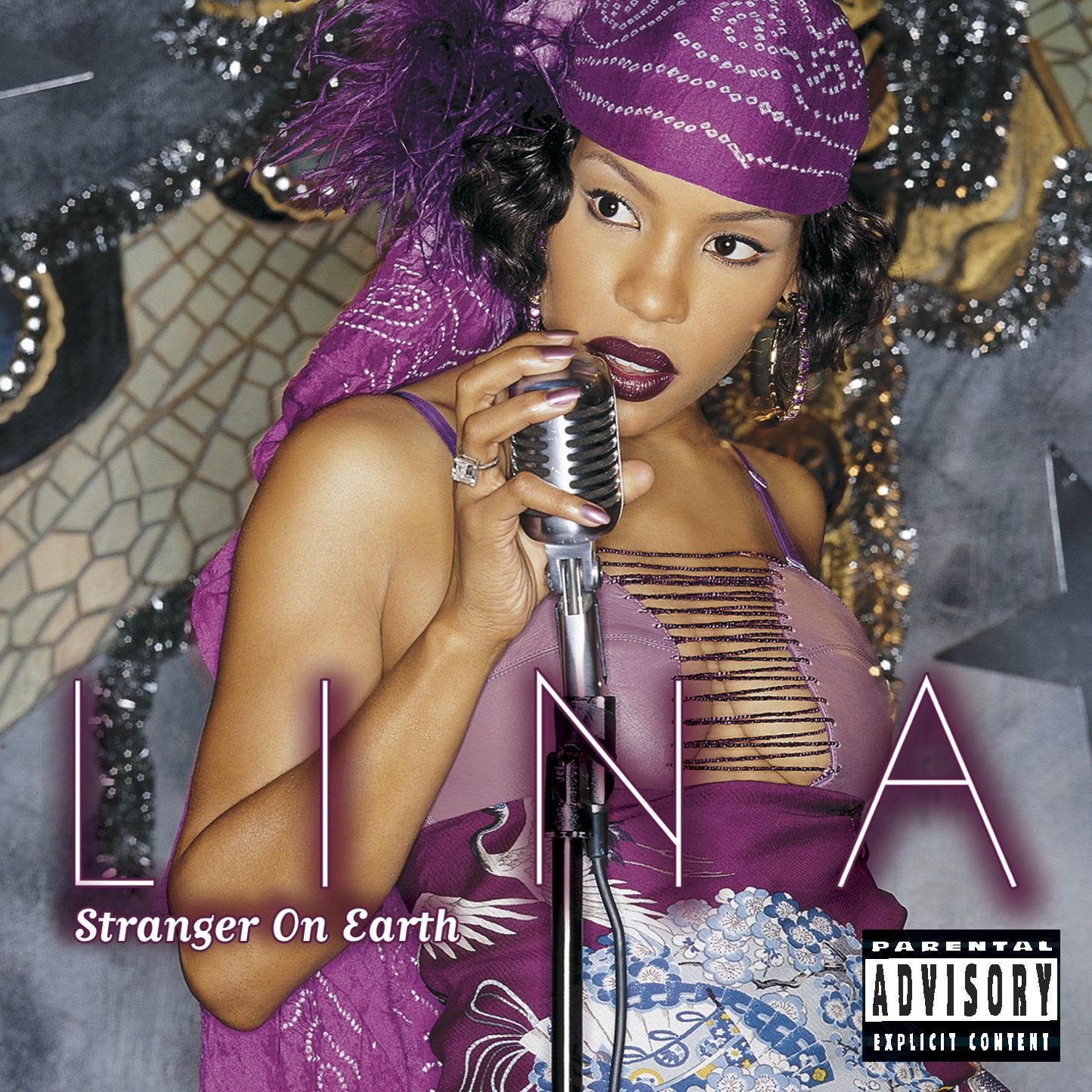
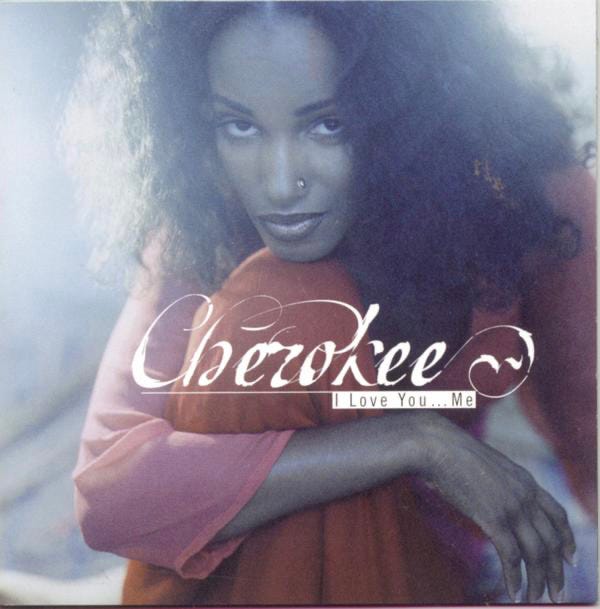
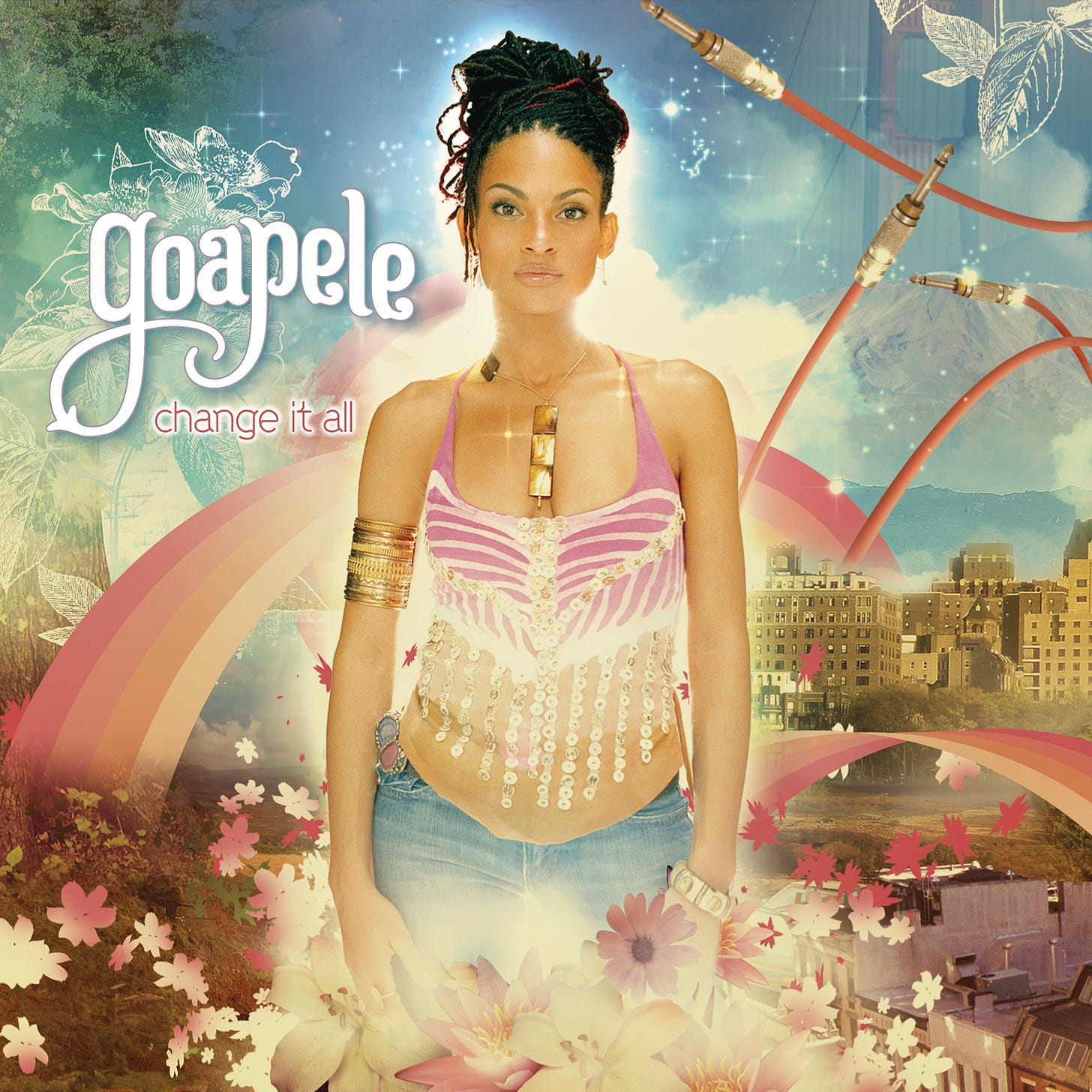
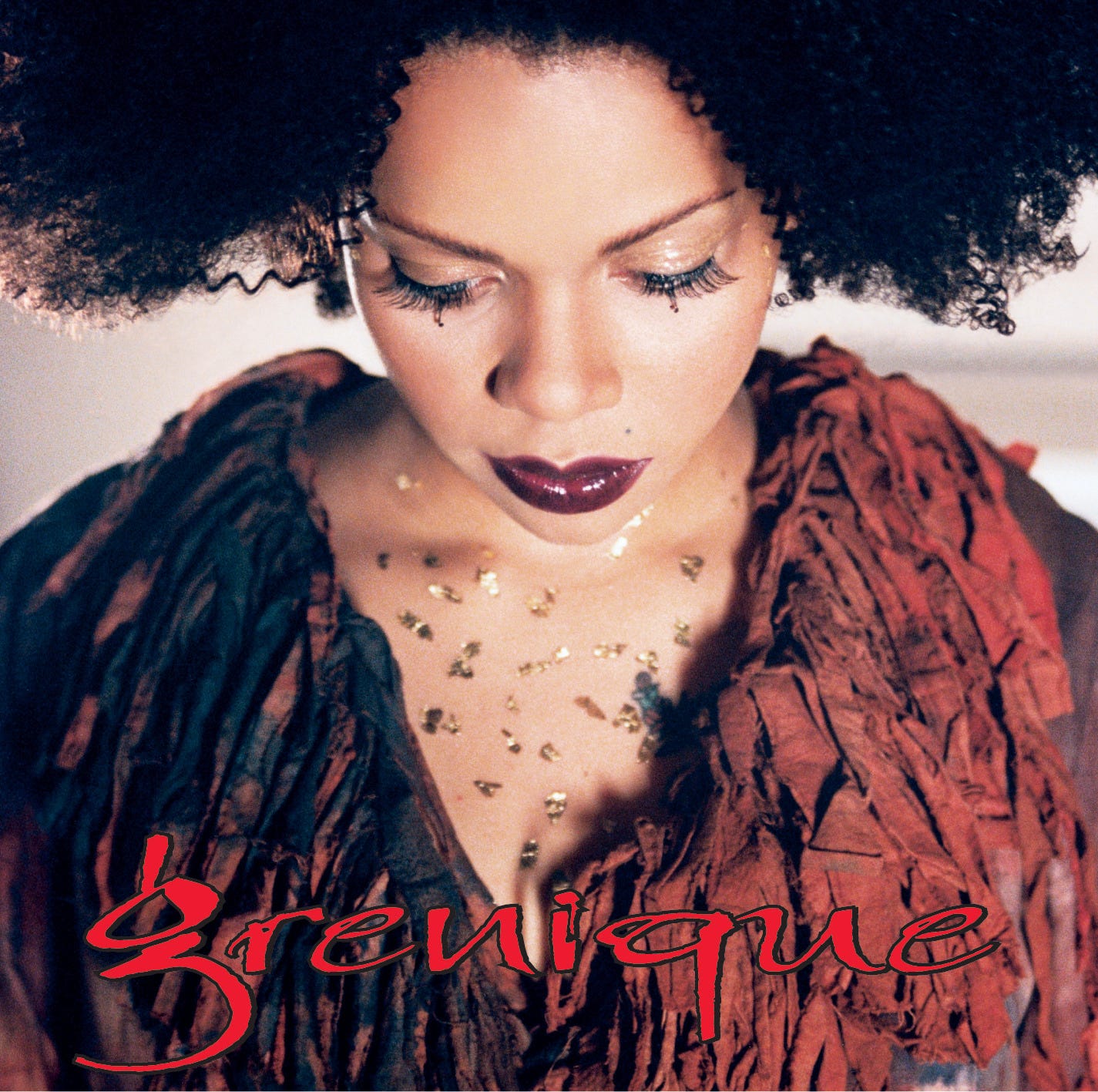
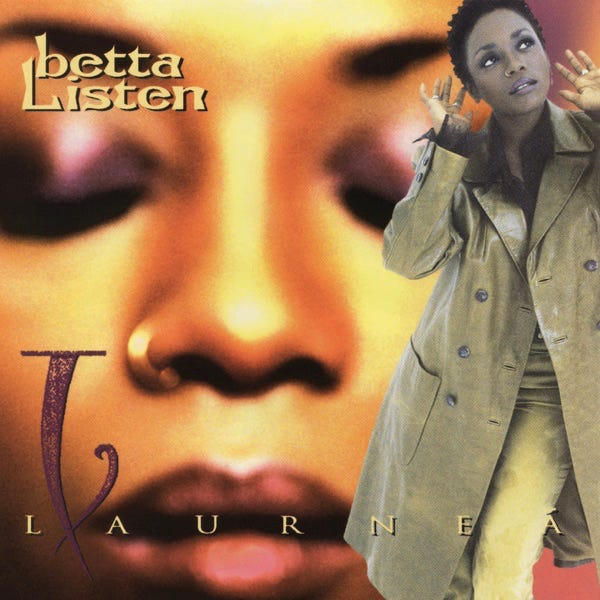
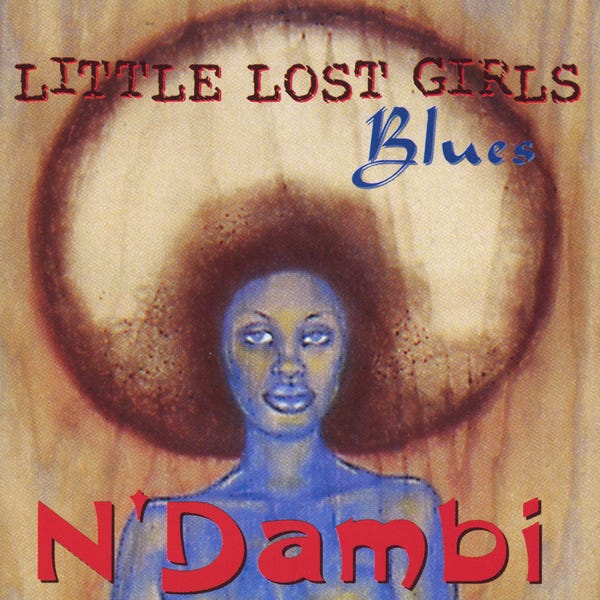
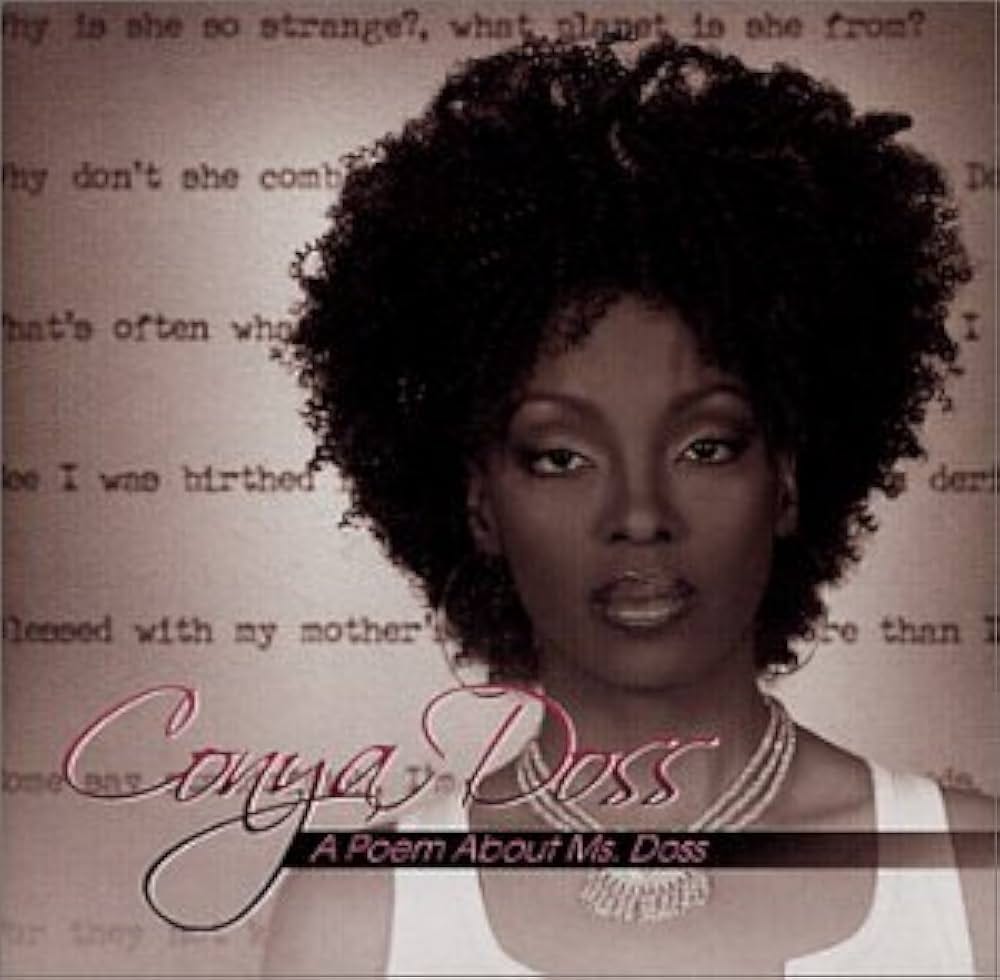
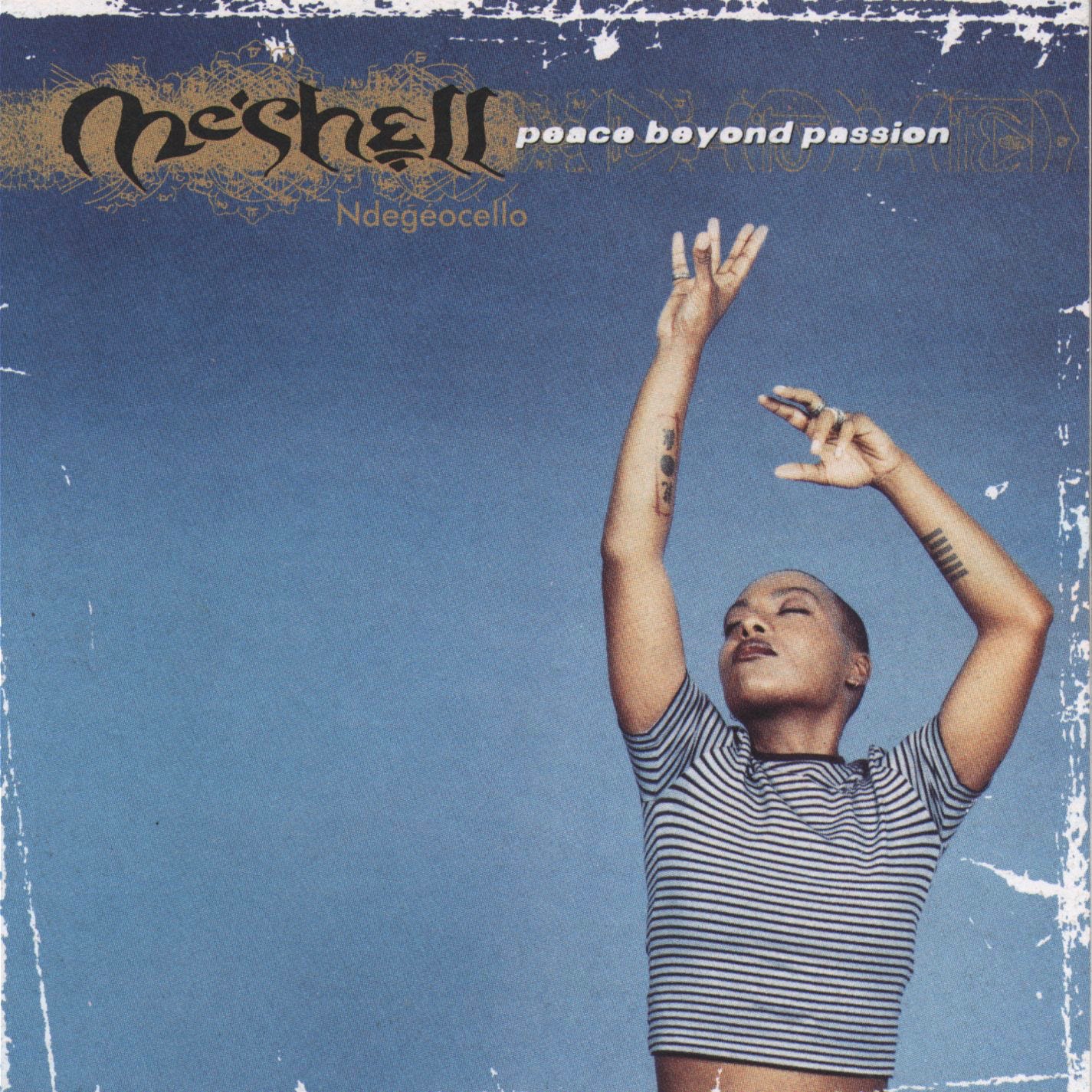
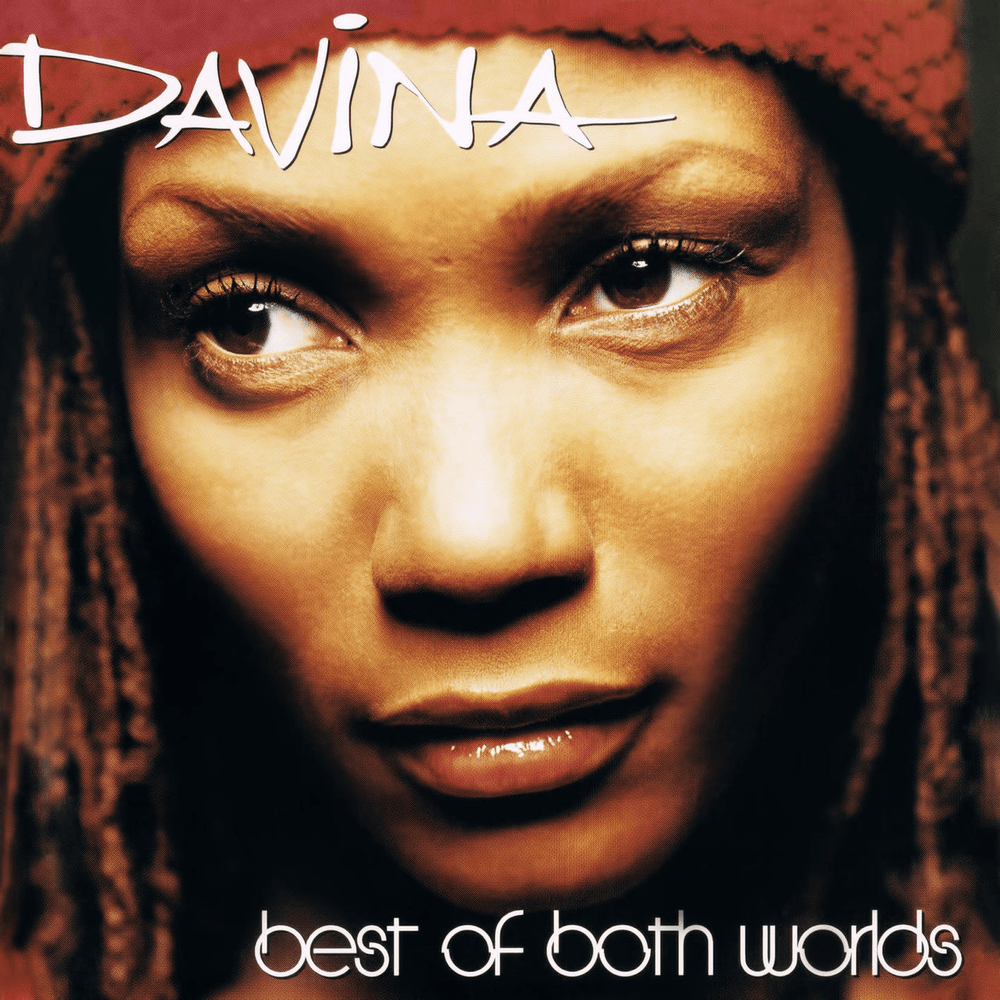
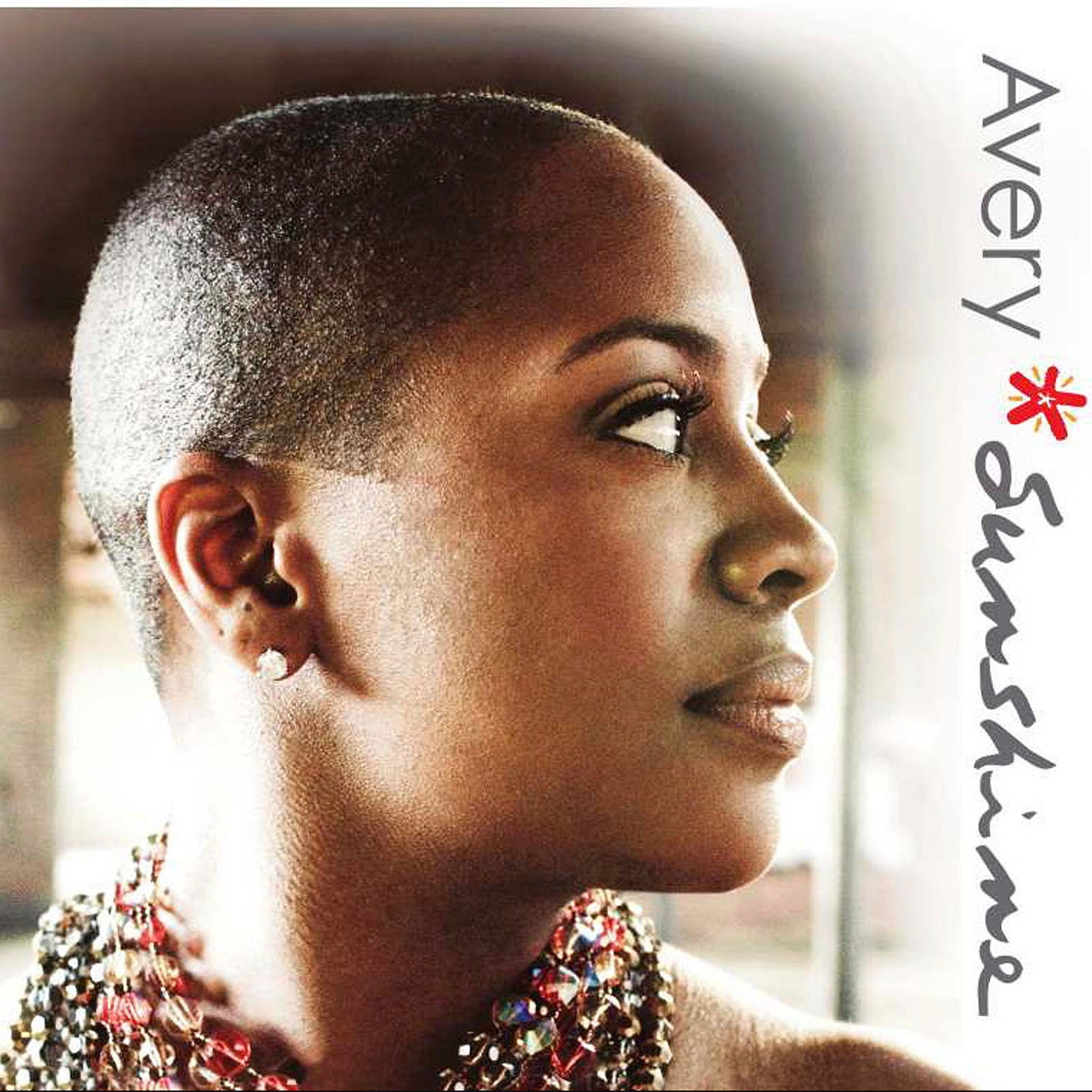
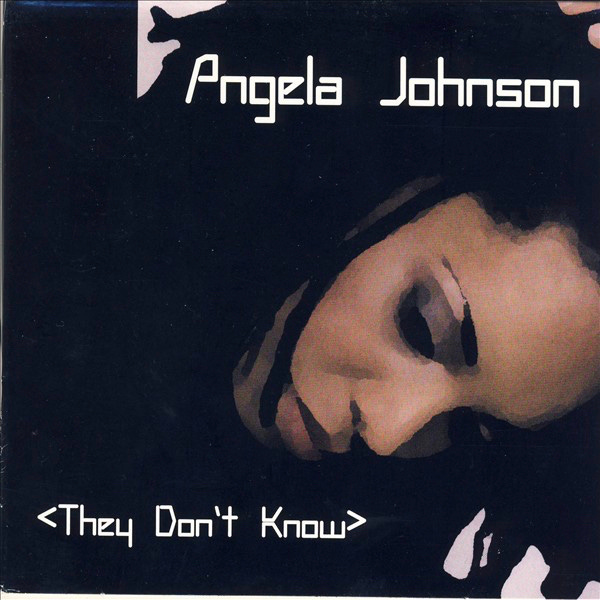
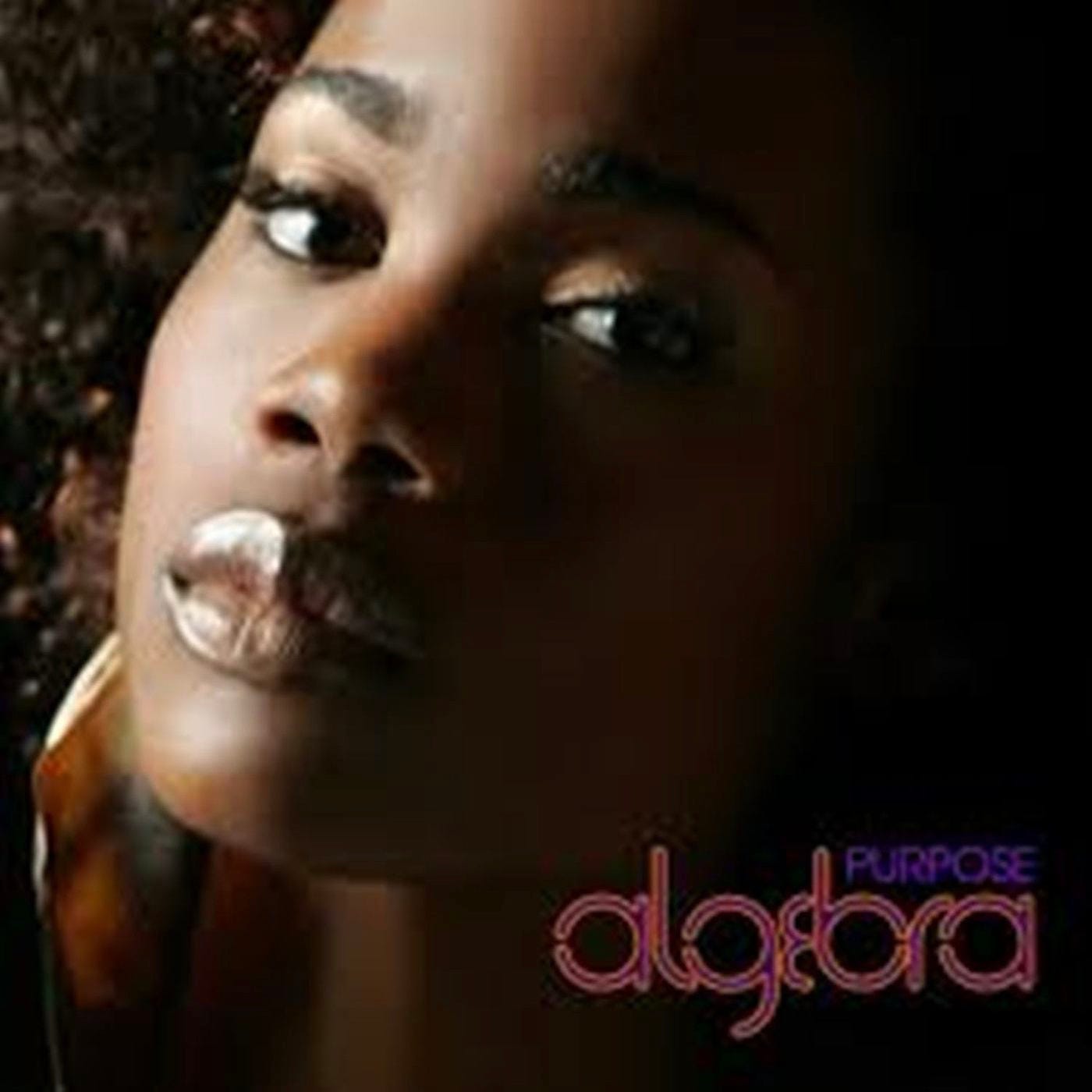

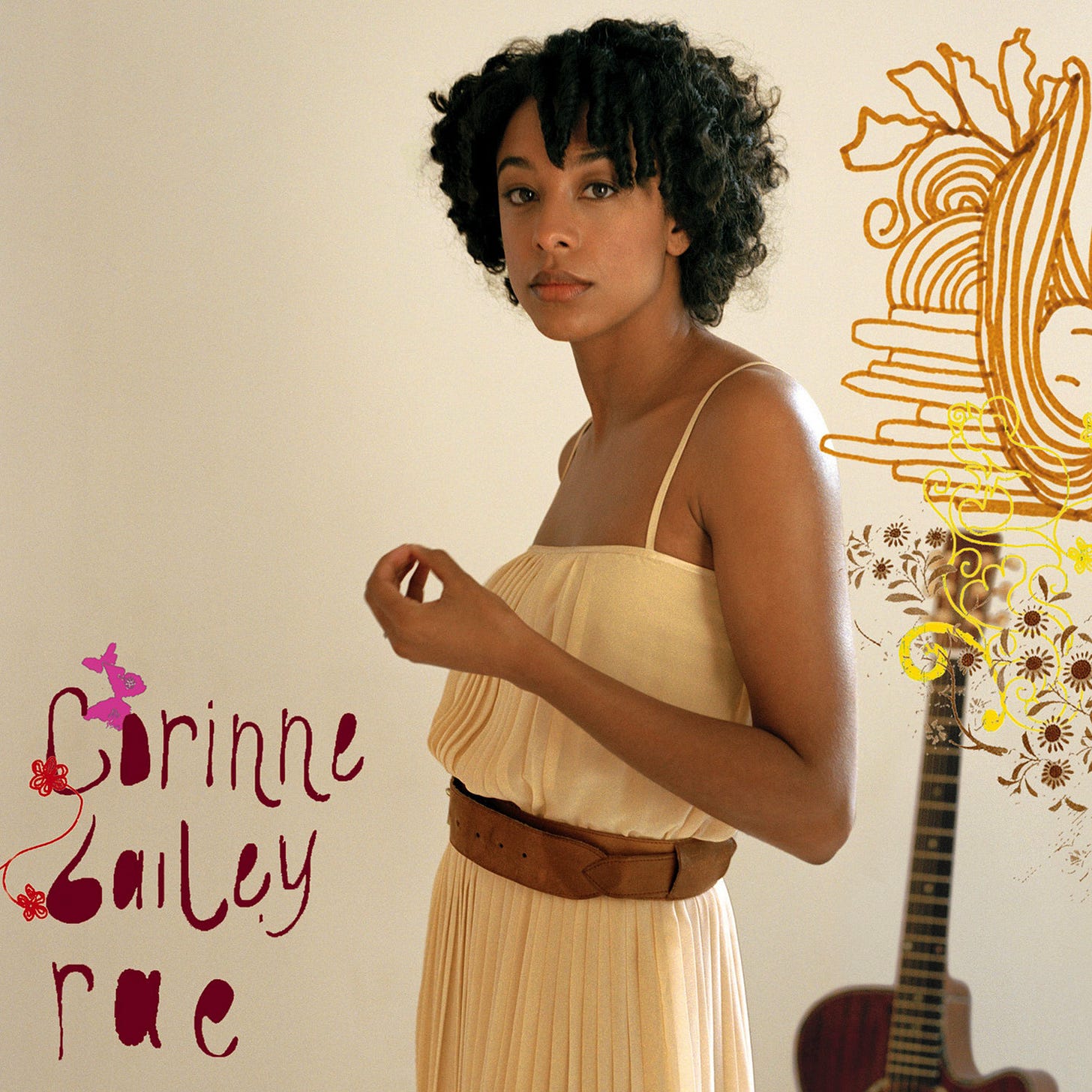
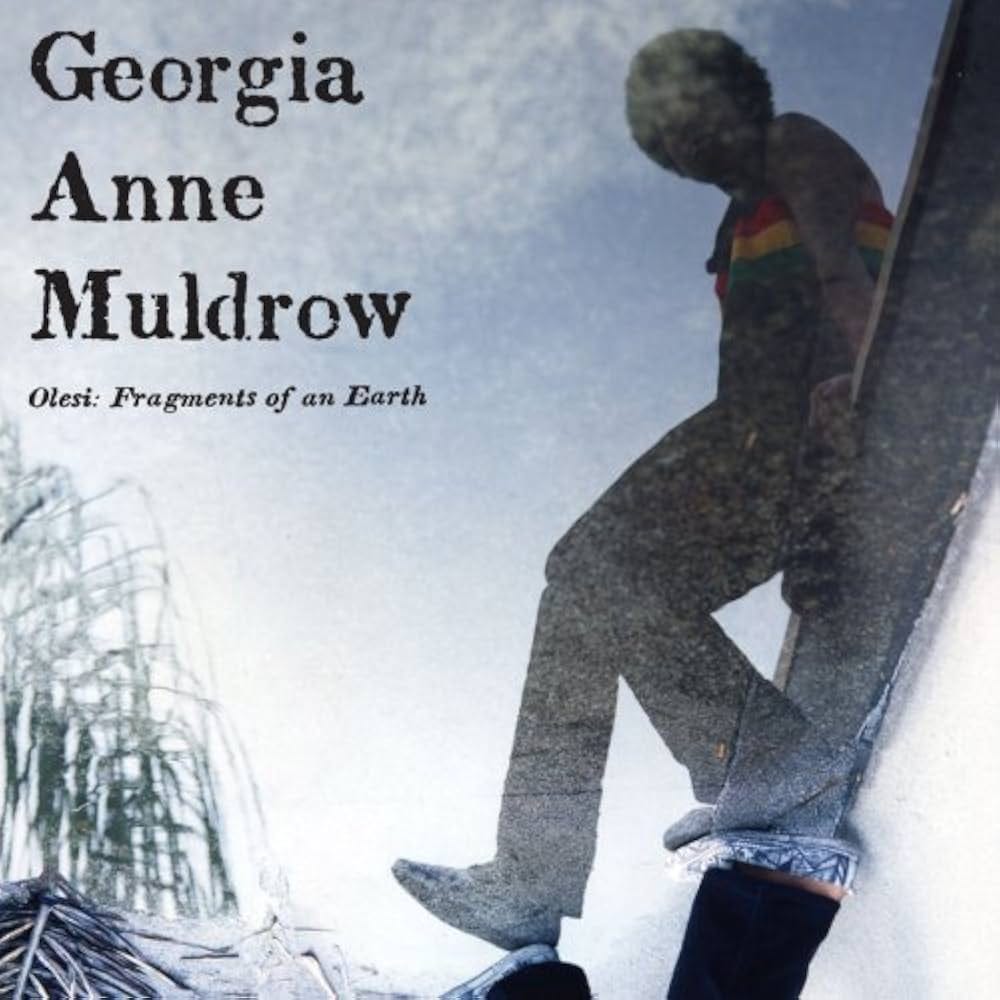
I always enjoy seeing what you pick and why. It feels good to find new music and remember stuff I’ve loved for a long time.
Your article filled me with love and nostalgia. I'm going to listen to some of these in the coming few days.